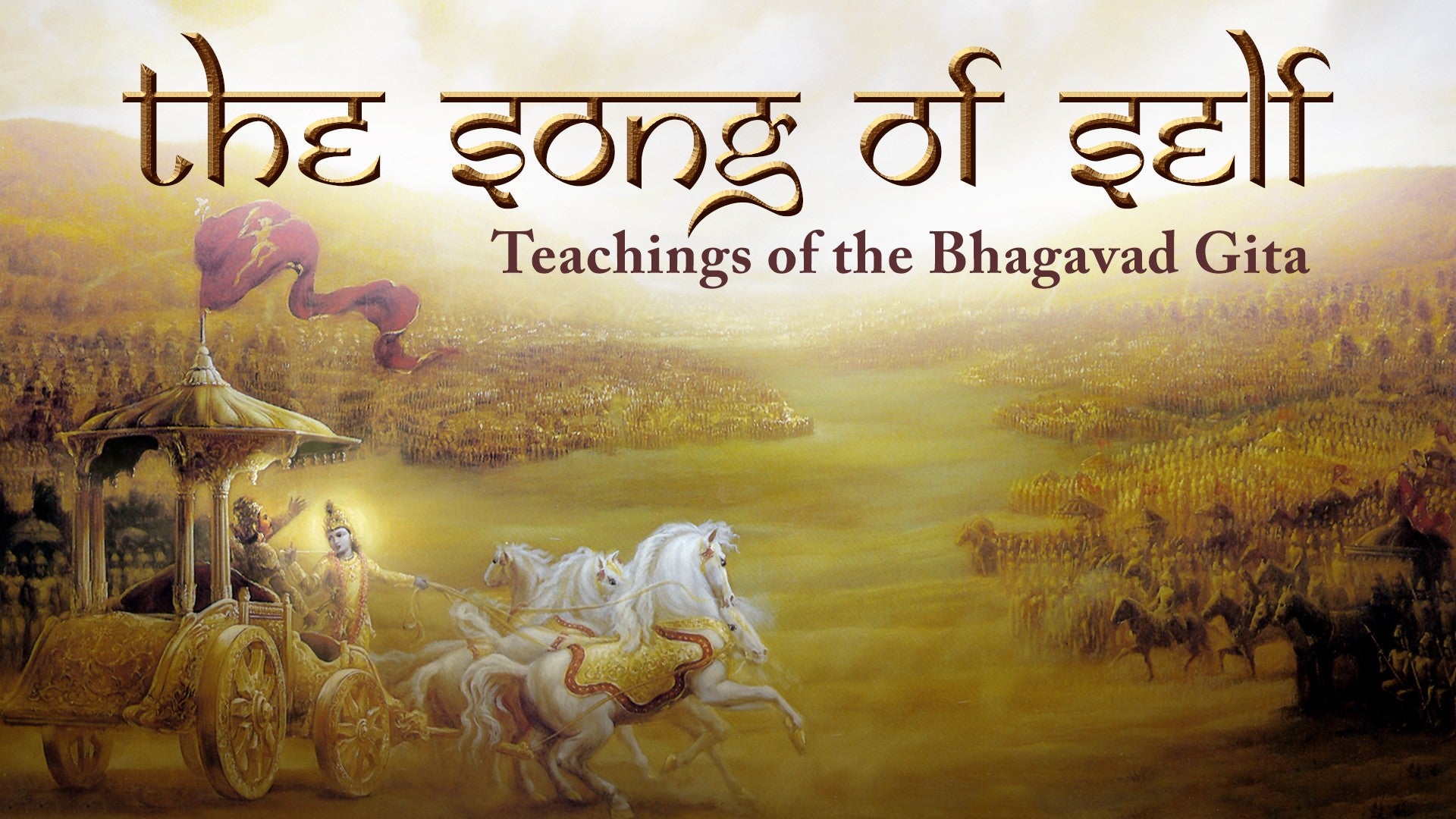Description
About This Video
Transcript
Read Full Transcript
So, why are we starting with the second chapter? We're starting to study the Bhagavad Gita. We're not starting with chapter one. Now, we will mention the first verse of chapter one in a few moments, but the reason we're doing chapter two is that chapter two is considered to be the distillation of the whole teaching. So there's 18 chapters in the Bhagavad Gita. Chapter one does this amazing job of weaving the teaching of the Bhagavad Gita into the broader fabric of the Mahabharata epic into which it's interwoven. But chapter two gives us kind of a map of the whole of the teaching. It's like the whole teaching in essence. So Krishna in this chapter, he gives a couple of definitions of yoga. And one of them is that yoga is Karmasu Kaushalam, meaning it's skillfulness in the things that we do. In other words, yoga is efficiency. And so something we notice in yoga texts and in many yoga techniques is that right at the beginning, we get everything. So in the Yoga Sutra, for example, Patanjali, the great master who gives the Yoga Sutra, he says, okay, everybody, now I'm going to tell you about yoga. And then he gives a kind of governing Sutra, which sums up his whole vision of what yoga is. And then everything after that elaborates that and tells us how we can cultivate and the different things we can experience as we work to cultivate that. So here in the Gita, we get basically the whole teaching in the second chapter. And the idea in yoga is if you're really, really advanced, why Dali? Why lose time? Just get there right away. And you can also see this happening a lot in, for example, yoga asana modalities. Think of yoga asana practice. Often a class or a practice might begin by standing in Samastitihi. You might know that posture where you're just standing straight, tall, easy, steady, feet close together. And basically your position, your stance, your asana, your posture is a blueprint for the rest of the practice. Because it's really embodying what we're cultivating when we practice yoga asana. Because Samastitihi means even standing. Sama, evenness, stiti, to stand steadily in space. So we stand steadily in space and we remind ourselves what we're cultivating, what we're aiming to encourage throughout the rest of the practice. And the idea is that once we've really mastered Samastitihi, we don't need to bother with any other asana. But until that point, we can explore lots of other ways to cultivate that steadiness. So in the Gita, the second chapter is kind of the summary or the distillation of the whole teaching. So that's why we're going to start with chapter two. But before we do start with chapter two, we're also going to kind of summarize how we get here. So what's happening in chapter one? And how does the Gita fit in to this broader picture of the Mahabharata epic? So now we're going to have a look at the background.







You need to be a subscriber to post a comment.
Please Log In or Create an Account to start your free trial.